
Hybrid is a very popular and very exploited term in various contexts. One of the definitions for the word hybrid is that it is something that is a mixture of two very different things. Hybrid word is well known in the automotive industry. The word hybrid is used in the context of project management as well. The main cause is the necessity of many businesses to start work in a distributed/remote environments because of the Coronavirus situation. The word hybrid has its own place in project management as well.
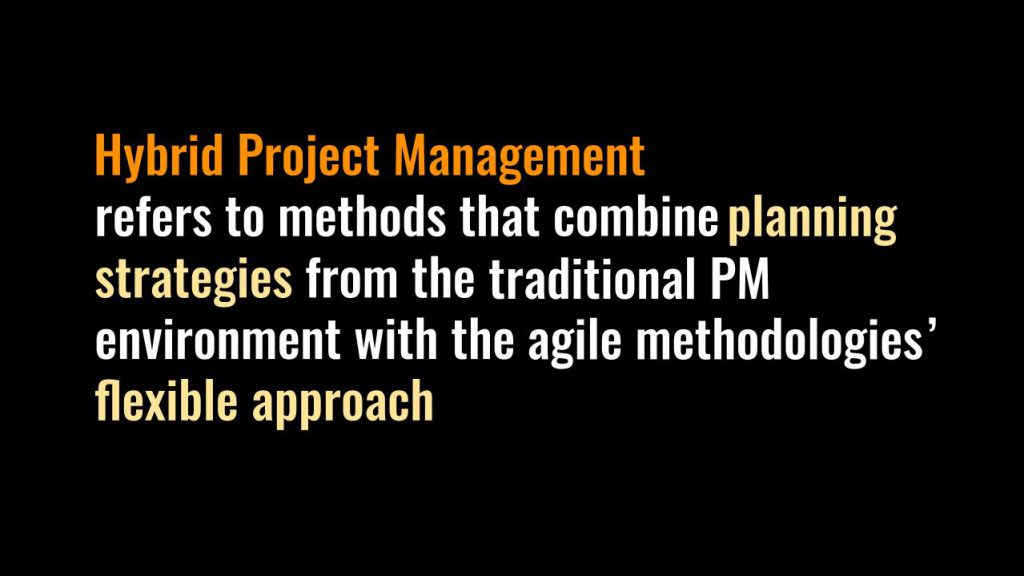
Hybrid Project Management refers to methods that combine planning strategies from the traditional project management environment with the agile methodologies’ flexible approach.
Hybrid in the context of project management refers to combining the two main approaches in project management: traditional (formal) and agile (modern). Combining the systematic and detailed planning strategies from the traditional project management, with a flexible approach which is one of the main values in agile project management, it’s a common way of applying Hybrid Project Management.
Applying Hybrid Project Management reminds me of the Ancient Chinese philosophy, yin and yang. If I need to describe the yin and yang with a Hybrid Project Management terminology, then I would write that the synonym for yin would be stability which makes an association to the traditional project management, and yang would be adaptability that’s an appropriate keyword for agile project management.
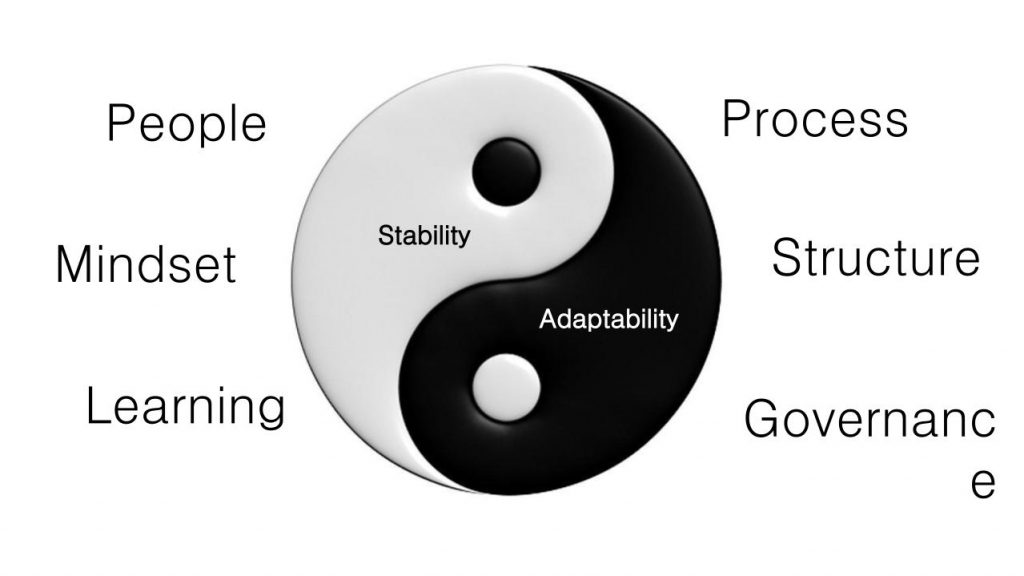
A prerequisite for applying Hybrid Project Management is to have a knowledge of both approaches, the traditional and the agile project management. I always try to learn as much as possible from both worlds. I learn from the formal approach and the best practices articulated in the PMBOK, but on the other hand, I try to learn from all methodologies and approaches which are based on agile principles.
There is no single definition for Hybrid Project Management, but many relevant persons and entities agree that is an approach in which it is combining the traditional and agile project management approaches. If you are interested in Hybrid Project Management, then without doubt you can take the previous statement as a starting point, and learning about the traditional and agile project management approaches.
Traditional Project Management
Traditional project management in its essence includes a systematic approach, long planning, precise estimations, and careful risk management in planning and execution phases. Even though traditional project management is introduced as a discipline in 20 century (project management as a discipline in 1950, the Gannt chart 1910), it exists in different forms even for centuries. Traditional project management can be recognized in the process of building the Great Pyramids (The Great Pyramid of Giza 2580–2560 BC). It can be successfully applied in a case in which the scope of work can be articulated clearly.
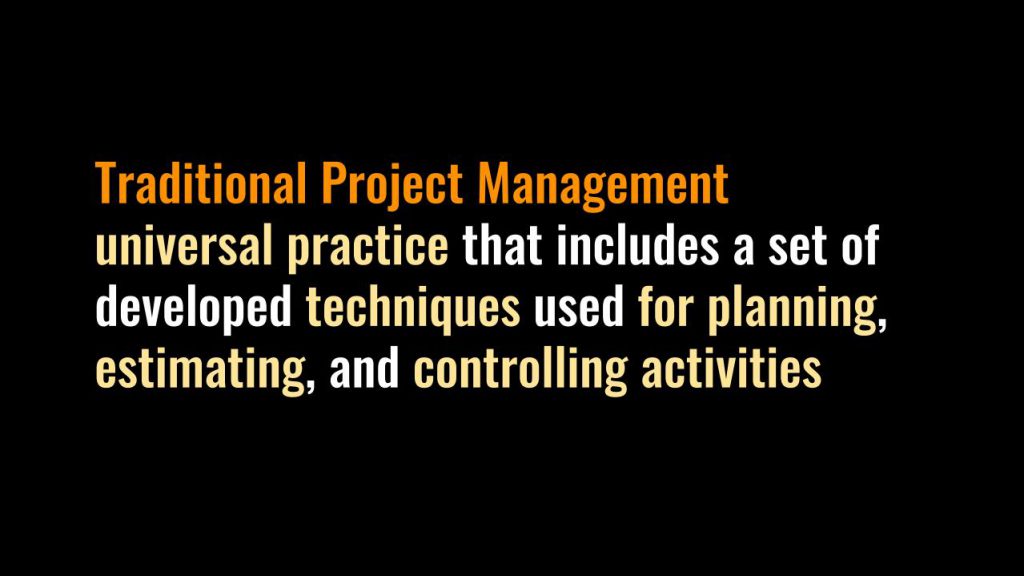
PMI incorporates the Agile approach in the sixth edition of their PMBOK
The respectable Project Management Institute (PMI), released the sixth edition of the PMBOK in 2017. As a part of this release, they distribute the Agile Practice Guide that provides tools, situational guidelines, and an understanding of the various agile approaches available. This guide PMI created in partnership with Agile Alliance® , and it was released in September 2017 as a complementary guide to the PMBOK, by which PMI bring the Hybrid approach in the project management segment on a metamodel level.
Agile Project Management
In the software development industry in which things are very dynamic, at the beginning of the new millennium, the group of software engineers articulated principles based on which the new project management approach was defined. The main advantage of the new agile approach is that implies an iterative and incremental method of management.
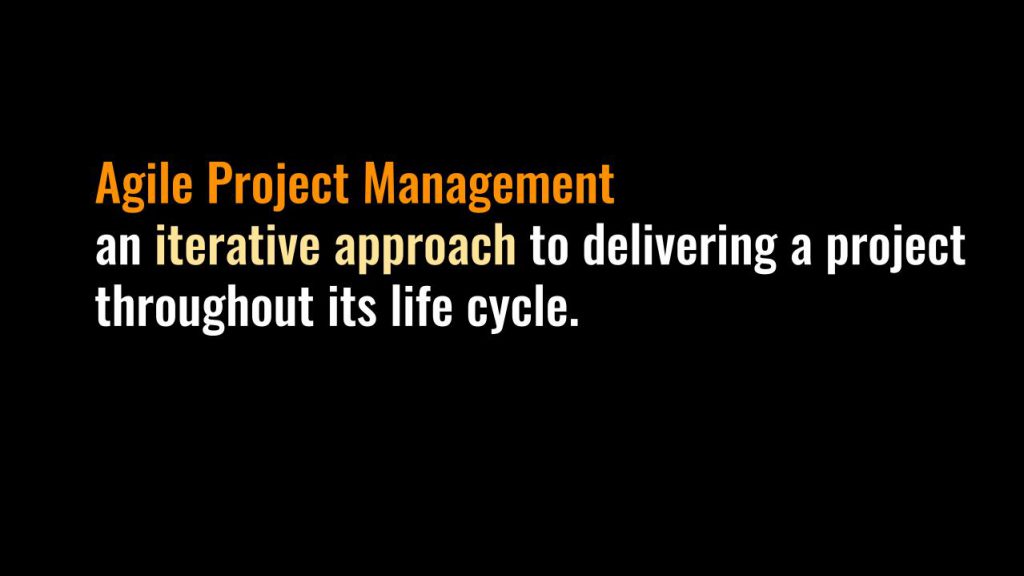
Classifying Project Management Methodologies
When you will be able to understand what are the main values, principles, advantages and disadvantages, strengths and weaknesses of both (traditional and agile) approaches, then it’s recommended to dive into the beautiful world of methodologies. Even before jumping into the details for the project management methodologies, it will be very helpful to be understood the classification of the project management methodologies. For the purpose of getting familiar with the classification of project management methodology, I would recommend the paper Defining & Classifying Project Management Methodologies by Christina Chin May May, and Andrew Spowage.
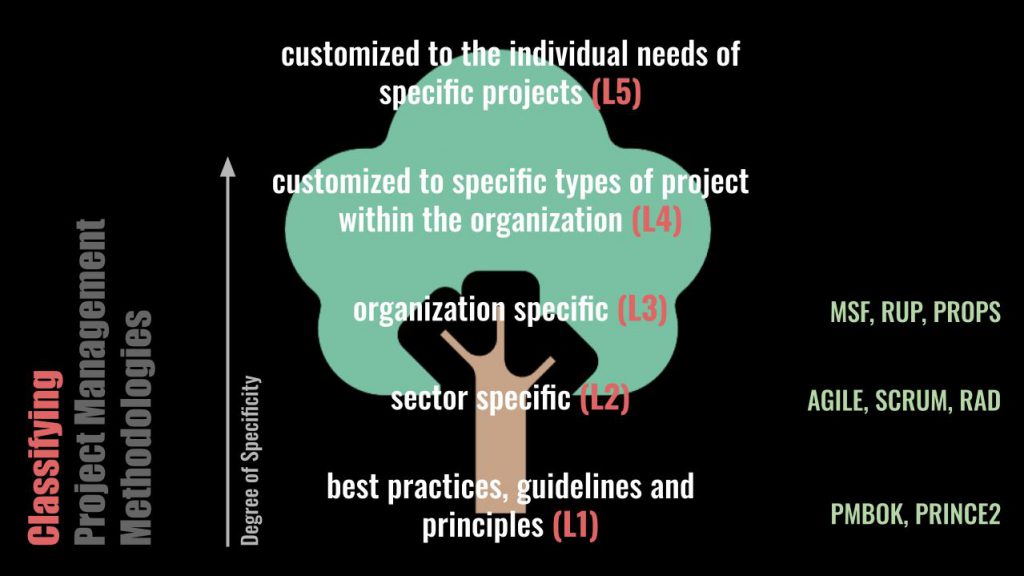
On the highest level the project management methodologies can be classified into two categories:
- Project management methodologies | provides a high-level framework of a project;
- Application development methodologies | provides details on project design and development;
According to the authors of the previously mentioned paper the project management methodologies can be classified into five levels:
- [L1] Best practices, guidelines, and principles
This is the level that is primarily articulated by PMI in its PMBOK (Project Managers Body of Knowledge) and also in PRINCE2 (Project in Controlled Environment Version 2); - [L2] Sector-specific
This level is a level at which all sector-specific methodologies can be grouped. The methodologies from this level take appropriate elements from the roots (L1) and add elements required by sector-specific rules, regulations and legislation, best practices, and incorporate them into the industry sector-specific workflows;
For instance, if we take the software development industry, then under this level we can recognize Agile, Scrum, and RAD (Rapid Application Development) as specific project management methodologies for the software development industry; - [L3] Organization-specific
This level groups the sector-specific methodologies adapted to meet the strategies, structure, nature of projects, and needs of organizations. Good examples of methodologies that belong to this level are MSF (Microsoft Solutions Framework), RUP (Rational Unified Process) – IBM’s methodology, and PROPS (Project Management Project) – a methodology designed by Ericsson; - [L4] Customized to specific types of a project within the organization
This level emphasizes that the methodology must be scalable to cope with the various natures and project sizes within an organization. The L4 methodology must map to the normal flow of work within the company and this may require separate branches of the methodology being developed for projects which differ widely in the nature of their work e.g. marketing vs. manufacturing; - [L5] Customized to the individual needs of specific projects
At the highest degree of specificity in the design of the methodology, L5 is classified specifically for individual projects, effectively the tips of the branches of the L4 methodology. The design of the L5 methodology is facilitated by extracting the most important and relevant components from its branches (L4) that are fit for use in an individual-based project environment;
Conclusions
There can be many correct conclusions that I can recall, but I would like to pinpoint out the following three which I believe are really important and essential (articulated by David Prior).
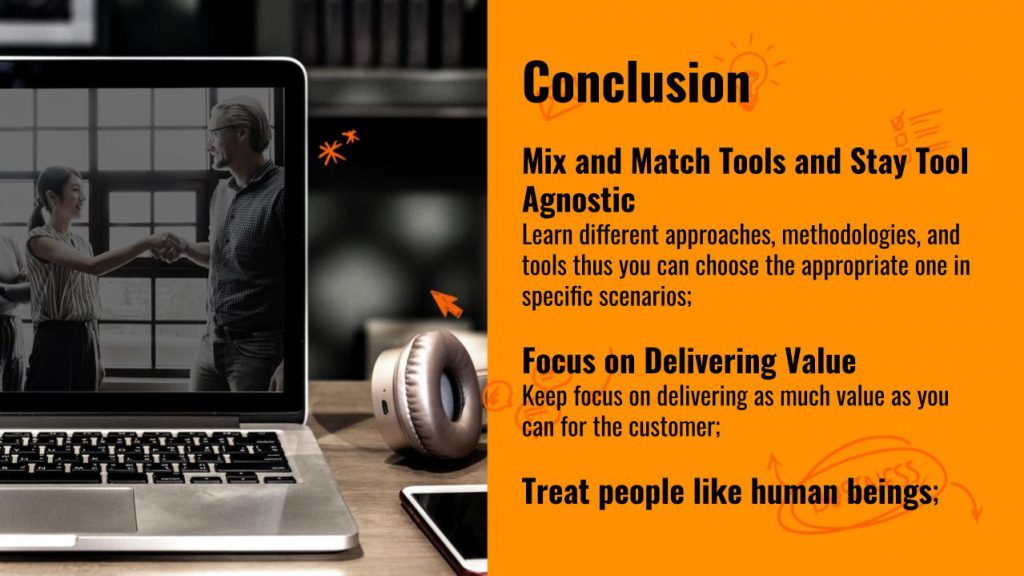
- Mix and Match Tools and Stay Tool Agnostic
Learn different approaches, methodologies, and tools thus you can choose the appropriate one in specific scenarios; - Focus on Delivering Value
Keep the focus on delivering as much value as you can for the customer; - Treat people like human beings
People are those who are doing or not doing the things;

Be the first to comment